19 Simple Zero-Waste Swaps That Save Money & Help the Planet

Did you know that living zero waste saves money? Zero waste living on a budget is totally possible. I’ll show you how to make zero-waste swaps that save money. You don’t need to buy any sort of products to make these ideas work.
1. Meal planning
This is different from meal prepping, which is cooking all weekend. Meal planning is planning out the ingredients I’ll need for the week. I buy the exact ingredients in the exact amounts to help me avoid impulse shopping at the grocery store and it helps me avoid overbuying, especially produce that goes bad quickly.
I estimate that if you plan meals, you can save between $20 to $50 dollars off your groceries per week and you won’t throw valuable items and food into the garbage. You can also cook more than going out, which also saves money.
At first, I thought I was spending too much money on groceries, but I realize all this food is cooking 15 to 20 meals. And the money spent on these groceries would translate to only about four meals eaten out. So this really does save a lot of money.
The average American eats out roughly four times a week, but if you just make two or three of these meals at home instead of eating out, you can save anywhere from $900 to $1,000 a year.
2. Shop locally
Supporting local farmer’s markets is important. When I use online sites, like Imperfect Foods, I try to find food sourced locally.
3. Don’t toss all rotting food
Brown bananas can be baked and turn veggie scraps in broth. Apples can be used as chips, vinegar, or a cleaner with vinegar. Banana peels and coffee grounds are great fertilizers.
4. Composting
Composting is one of the best things you can do for the planet. I found my compost bin second hand so it’s cheap to do but you can build them for free, too. Collect your food scraps and watch them turn into nutrient-rich soil for the garden.
5. Switch to a reusable water bottle
You won’t need to buy single-use bottles. A case of water costs $5 but a reusable water bottle can be inexpensive, too.
6. Stop using coffee pods
Switch to a regular coffee pot. Or, if you have a Keurig type of coffee maker, buy a reusable pod. An average bag of coffee costs around $11 and makes around 41 to 82 cups of coffee. K cups cost about $25 for 24 to 60 cups.
7. Switch to reusable filters
There are reusable coffee filters that take the place of disposable coffee filters.
8. Use a French press coffee maker
A French press coffee maker is zero waste because there are no pods or filters involved.
9. Turn off your faucet
Don’t let the water run when you’re washing dishes, brushing your teeth, and shaving. I switch off my showerhead while taking showers. You can save roughly 1,000 gallons a month and $140 a year on your water bill.
10. Turn off the light
Don’t leave your porch lights on during the day. Turn off a light when you leave a room. Unplug appliances and cords. It all adds up to how much energy you’re paying for. The average family spends about $2,000 on electricity per year. By reducing your energy consumption you can reduce your costs by 25% of your bill.
11. Catch gray water
This helps when you’re living in a drought but water is always a precious resource. This extra water is used to water my landscaping. Put a bucket in your shower to catch drips and water while you’re showering.
12. Dry laundry naturally
If you have the space, dry your clothes in the sun and wind. It’s like old-fashioned free solar energy.
13. Reuse fabrics
Turn old fabric and t-shirts into rags, rugs, hankies, makeup wipes, potholders, and bags, which all save money.
14. Use reusable batteries
Throwing out disposable batteries harms the soil and water. Reusable batteries last for years.
15. Use paper
Use an entire piece of paper, both sides, and you won’t need to buy as much paper or notepads.
16. Transportation tricks
Stop idling your car for long periods and you’ll save about $750 per year. Carpool so you fill up your car with gas only a fraction of the time and it could save you $1,500 a year. Take public transportation when possible to get more cars off the road and it’s cheaper than owning a car. You can save about $9,600 a year this way.
17. Go paperless
Cancel magazine and newspaper subscriptions. It’s all online. Plus, you can get a library card for free. Ask for digital receipts rather than paper receipts, go for online billing, too. Get secondhand or online textbooks.
18. Shop green
Buy second-hand items whenever possible. If thrifting isn’t for you, try swapping and trading on an app called Bunz. Understand your wants versus needs–are you emotionally shopping? Some stores offer discounts for using reusable bags. Borrow or rent specialty items, such as a suit, appliances, tools, or other equipment.
19. Zero-waste menstrual products
I like period underwear and menstrual cups. The cost is hefty up front but buy them over time, and they’ll save a lot of money in the long run. Underwear is about $40 a pair and a menstrual cup is about $70. You can save a couple thousand dollars over your lifetime by switching from tampons and pads to period underwear and cups.
Zero-waste swaps that save money
I hope this inspired you to see how a zero-waste lifestyle can save you money. Let me know in the comments what zero-waste products and ideas you use!

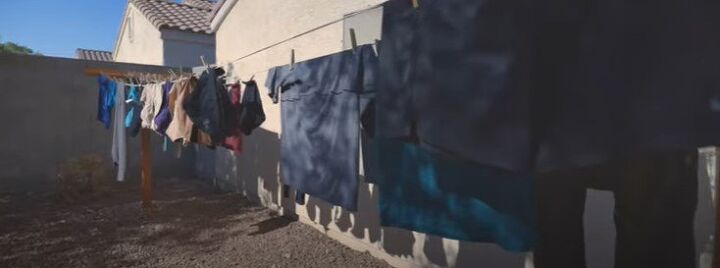


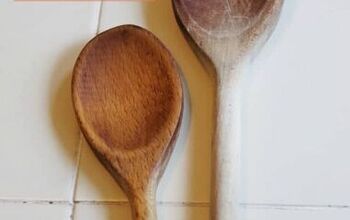

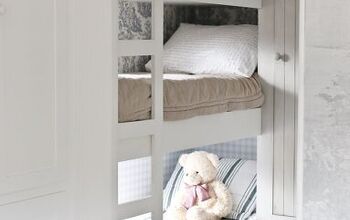






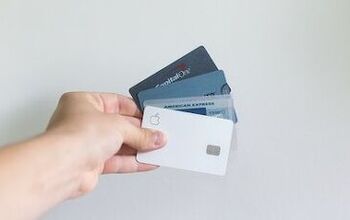

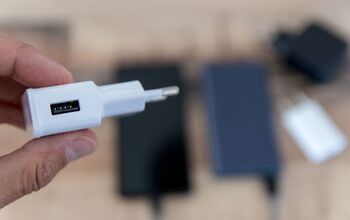
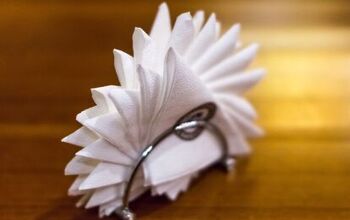
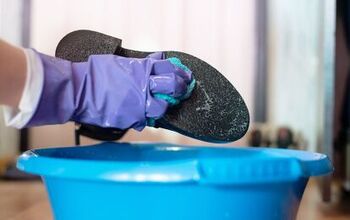


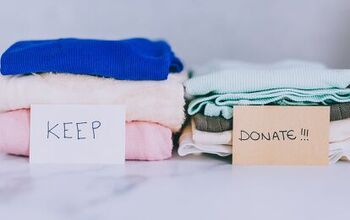
Comments
Join the conversation
Best fertilizer - good size bowl or crock at coffee station to save used grounds - every other week add 1 to 1 Epsom Salts - when bowl or crock is full scatter on grass, next to trees, flower or veggie garden and even indoor potted plants - Spring and Summer my outdoor mixture is 1/3 saved coffee grounds, 1/3 Epsom Salts, 1/3 Spectrum.
Mom always used the back of an envelope to write her lists - always shopped with list on back of an envelope and cash inside to pay for the groceries - Toward the end of WWII in school we slit open the sides of envelopes using the inside area for both homework and even taking a test in class.